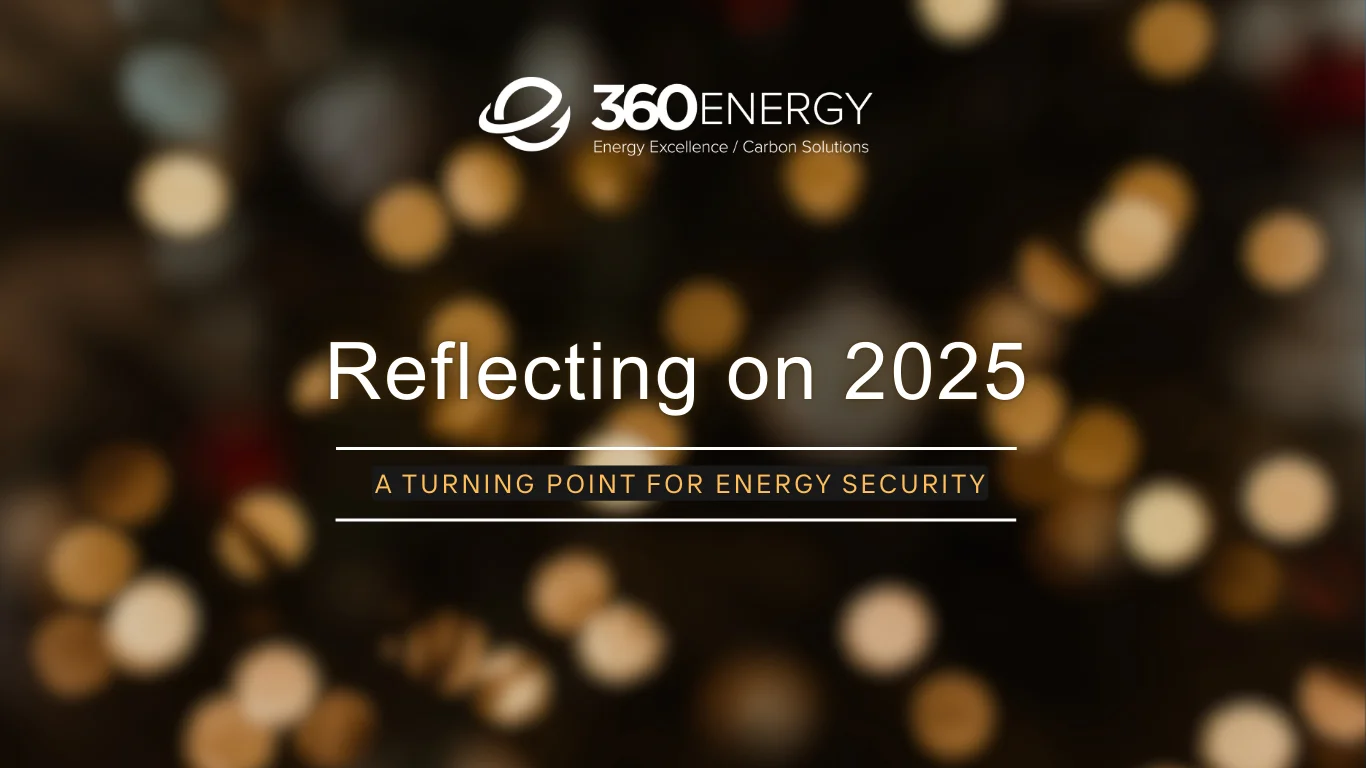

Energy Industry


Energy Efficiency & Optimization

When Ter Laak Orchids built a new facility for its orchid crops, they needed to recreate indoor tropical growing conditions in Holland’s cooler northern climate. Despite the daunting challenge, the Dutch greenhouse operator reduced energy use by half in their new building compared to traditional greenhouse operations.
This remarkable achievement earned Ter Laak Orchids the 2018 International Grower of the Year Award from the International Association of Horticultural Producers.
In a webinar hosted by 360 Energy, Mr. Ewald de Koning, Manager of Operations at Ter Laak, noted that the capital costs for their “Daylight Greenhouse” were double the construction of a conventional greenhouse. However, Ter Laak had no net increase in operating costs. Their reduced energy and water bills, as well as payments earned for each energy unit harvested in Holland, kept operating costs lower than those for traditional horticultural operations.
De Koning described their building innovations to webinar participants. These innovations were driven by the need to keep temperature and humidity stable – factors vitally important for the growth of orchids. Maintaining proper temperature, lighting and humidity is a dynamic and interactive process that required them to take a holistic, integrated building approach.
Rainwater is ideal for orchids. Ter Laak mimics nature by harvesting rainwater then using and reusing it throughout their operations. Water not only irrigates the plants and humidifies the building. Water is also used as a heat and cooling “bank”. Water is heated or cooled and is circulated as needed to portions of the greenhouse to moderate and stabilize temperatures.
Strong insulation is necessary for the management of heat energy. “We don’t have glass anymore”, de Koning said. For insulation effectiveness, “We use air sandwich insulation panels instead”.
Light is another critical factor in replicating natural conditions. At times, light is needed on the plants. At other times sunlight is too intense and the crop has to be shaded. The building is able to provide light or shade in response to changing conditions throughout the day, even throughout the year. Ter Laak integrates the use of LED lights with sunlight.
De Koning drew specific attention to the south side of their roof that was constructed with panels that incorporate Fresnel lenses. In summer and during part of the spring, these lenses focus the sun onto black pipes filled with water. The pipes both shade the plants as well as capture heat. The heat can be retrieved when it is needed – at night or later in the year. When the sun is at a lower angle from October to March, this shading mechanism can be moved for the building to make full use of the sunlight and heat.
About 45% of the greenhouse has to be cooled to accommodate the last phase of growing the orchids. Active ventilation balances cooler air from outside the greenhouse with the warmer air inside.
These interactive building systems ensure the orchids have exactly the optimal growing conditions needed for the eighteen months it takes the plants to reach full maturity. Only at that point are the orchids ready for shipment to markets throughout Europe.
Ewald de Koning attributes Ter Laak’s success to the values held by the family owned business. Their ambition for continual improvement, their desire to lead the market with innovation and their respect for the environment guided the expansion plans. The result was a world beating green sustainable building.
Dutch horticultural practices are often the best internationally. It can be expected that innovations in building design that first appear in Holland will eventually be adopted elsewhere.
Canada’s horticultural industry is widely represented by a successful entrepreneurial family-owned businesses that share the same values as Ter Laak Orchids. Canada may soon see the Ter Laak philosophy and sustainable building systems implemented here.
Status:
OG Link:
https://360energy.net/controlling-energy-blossoms-for-dutch-greenhouse-grower/
Notes: